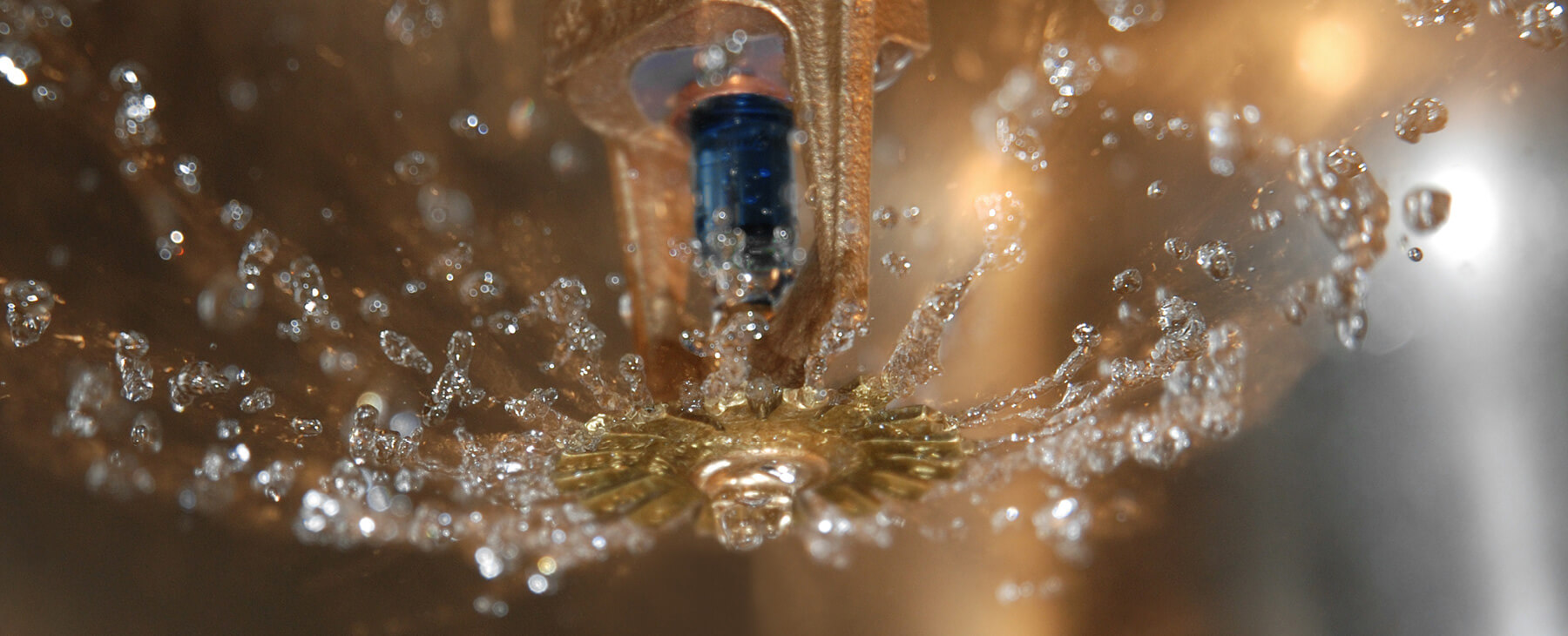Commercial Fire Sprinkler Systems
Hiller designs, installs, inspects, and maintains the most effective and compliant commercial fire sprinkler systems available. When you put fire safety into our hands, you can focus on the business of running your business knowing your people and property are protected. We are your one source for customizing your fire sprinkler systems from start to finish. We understand what it takes to develop a plan to meet your individual needs regardless of space or environment.
Learn about the different types of sprinkler systems and services we provide below.
Types of Fire Sprinkler Systems
- Dry Pipe Sprinkler Systems
- Wet Pipe Sprinkler Systems
- Pre-action Sprinkler Systems
- Foam Sprinkler Systems
- Deluge Sprinkler Systems
Commercial Fire Sprinkler Services
From commercial fire sprinkler system design and installation to fire sprinkler inspection, maintenance and repair, Hiller provides turn-key solutions for your business.
- Fire Sprinkler Design
- Building Sprinkler System Installation
- Sprinkler System Inspection
- Sprinkler Head Replacement
- Sprinkler System Repair
